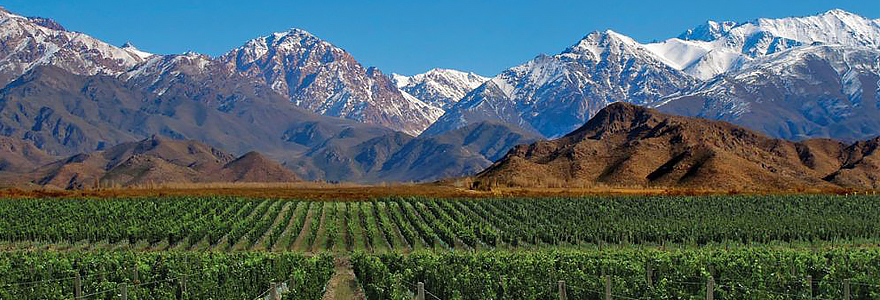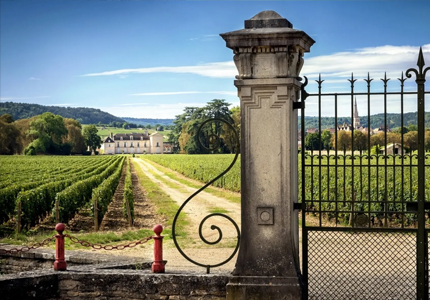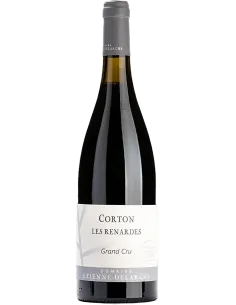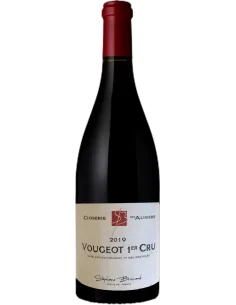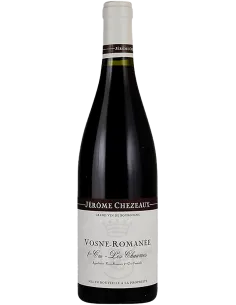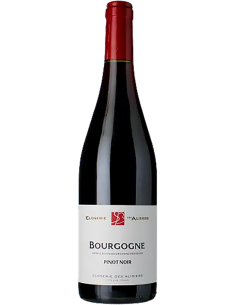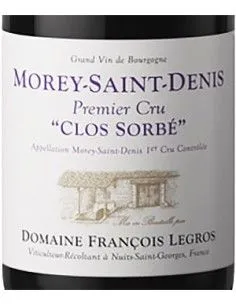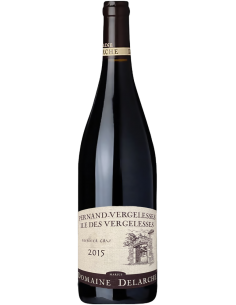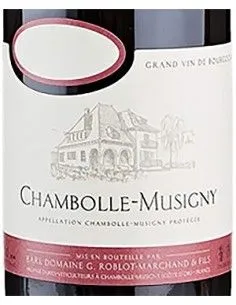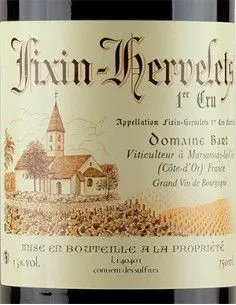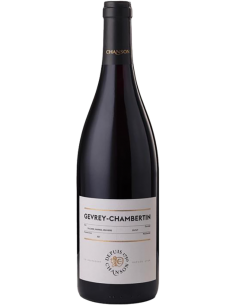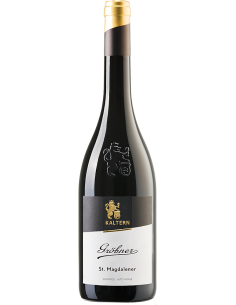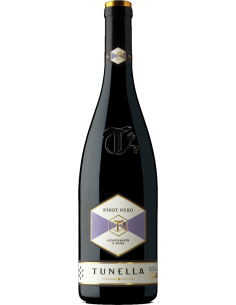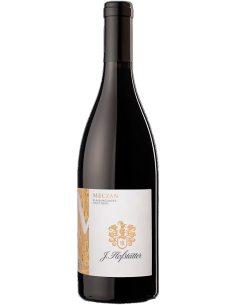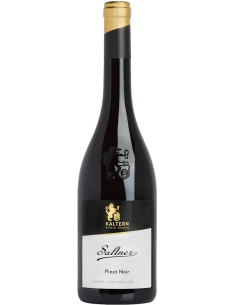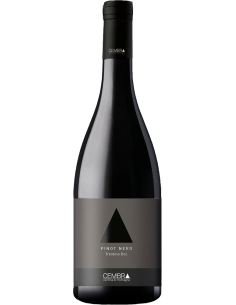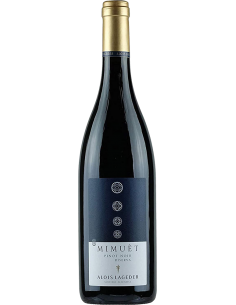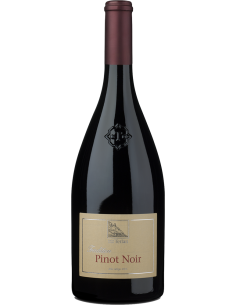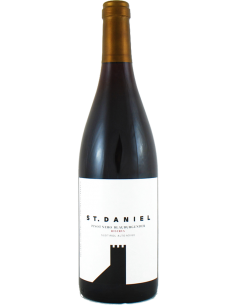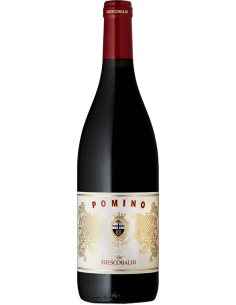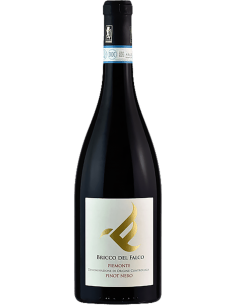History and Origin of Pinot Noir
Brief history on the origin of Pinot Noir, with focus on peculiarities that make it unique. Characteristics of the vine: ideal climate and soil, famous production areas.
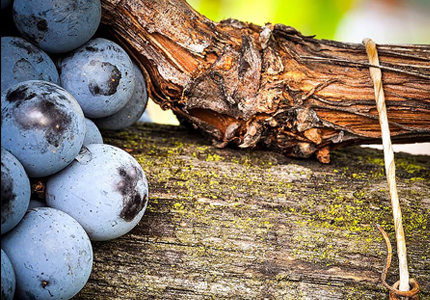
Origins of Pinot Noir
Pinot Noir and Burgundy, this is the historical link that is worth remembering.
It is precisely in Burgundy that the vine originates, already in Gallo-Roman times, starting from a stock of wild vines that populated the woods of the region. From a historiographical point of view, the first mention of this vine can be found in a document from the 3rd-4th century in which the inhabitants of Autun thanked the emperor Constantine. The document mentions a high quality vine present in the Arebrignus pagus, today's Côte de Nuits. In the Middle Ages, as for many other vines, the Benedictine monks were the architects of perfecting Pinot viticulture. However, it is only in the 14th century, in some Burgundian documents, that the term Pinot appears in the archaic version of Pinoz or Pynos.
Peculiarities of Pinot Noir
#1: Where does the name come from?
The Pinot vine owes its name to the similarity that the bunch has with the pine fruit: the Pinot bunch is in fact small and compact, similar to a pine cone.
#2: Why is it so famous?
Pinot Noir is considered among the most elegant and refined wines for its seductive aromas, pale color and silky tannins.
#3: But is it just a red?
No, Pinot Noir can be vinified in white and constitutes the ideal basis for the production of classic method sparkling wines. Ethereal colour, elegance and good acidity give body, complexity and longevity to the Champagnes and the most famous Italian classic methods (Oltrepò Pavese, Franciacorta, Trento DOC, Alta Langa, etc.). It also gives life to fragrant, fresh and delicate rosé sparkling wines thanks to the brief contact of the must with the skins of this vine.
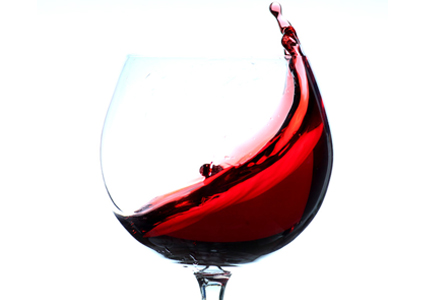
Production areas: that's why "Pinot Noir from the world"
Pinot Noir, thanks to its complex nature, is produced in various areas of the world which can be summarized as follows:
1. France (Burgundy, Côte-d'Or, Champagne) - The land of choice for Pinot Noir is undoubtedly Burgundy, in particular the Côte d'Or, where the best Pinot Noir in the world are produced, and Champagne , where it is usually made into white sparkling wine.
2. Italy (South Tyrol/Aldo Adige, Oltrepò Pavese, Franciacorta, Piedmont) - One of the most suitable areas is undoubtedly Alto Adige, in the Mazzon plateau, a privileged territory thanks to the good exposure and the calcareous-clayey alluvial soils and the breezes coming from Lake Garda. In Lombardy in the hills of the Oltrepò Pavese and in Franciacorta above all for the production of classic method sparkling wines. Good production also in Veneto in Breganze and close to Lake Garda and in Tuscany, where the climate towards the Apennines becomes more continental, as in Mugello and Casentino. The wines obtained in Sicily, on the slopes of Etna, where the high altitudes allow for compensation with the Sicilian latitudes, which are too hot for this vine, are very interesting and elegant.
3. Continental Europe (Germany, Switzerland, Austria, Romania) - The cool continental climates guarantee an excellent evolution of perfumes.
4. United States (Oregon, California) and Canada - In particular, Oregon is one of the most suitable areas, outside of its native French territory, for cultivating this difficult and demanding vine. The cool, temperate climate and suitable soils allow healthy and aromatically rich bunches to ripen.
5. Southern areas (New Zealand, Australia and South Africa) - Especially in New Zealand, thanks to the presence of the two main islands with large climatic differences, where the climate is colder in the south, finding ourselves in the southern hemisphere, in the cooler and disturbed Central Otago and Marborough are grown, with extraordinary results, the most southern vineyards in the world.
6. South America (Argentina, Chile) - Particular mention for Argentina, where the soils are much older than those of the Old Continent; of a very composite nature, they date back to the Precambrian era, at least 900 million, a billion years ago. The Pinot Noir produced in the Patagonia area amazes with the perfect balance between lightness and depth, finesse and juiciness supported by well-present tannins and a pleasant mineral note.
Labels for special occasions



Vougeot AOC Premier Cru Pinot Noir 'Stephane Brocard' 2019 (750 ml.) Closerie des Alisiers

Vosne-Romanee AOC Premier Cru Pinot Noir 'Les Chaumes' 2021 (750 ml.) Jerome Chezeaux


Bourgogne AOC Pinot Noir 2021 (750 ml.) Closerie des Alisiers

Morey Saint Denis AOS Premier Cru Pinot Noir 'Clos Sorbe' 2017 (750 ml.) Domaine...

Pernand Vergelesses AOC Premier Cru Pinot Noir 'Ile des Vergelesses' 2015 (750 ml.)...

Chambolle Musigny AOC Pinot Noir 2020 (750 ml.) Domaine Roblot Marchand


Gevrey Chambertin AOC Premier Cru Pinot Noir 'Les Estournelles St. Jacques' 2018 (750...


Fixin Hervelets AOC Premier Cru Pinot Noir 2018 (750 ml.) Domaine Bart

Gevrey-Chambertin AOC Pinot Noir 2023 (750 ml.) Domaine Chanson

Tasting
Tasting notes
Pinot Noir represents the "fruity" aroma par excellence. Raspberry, cherry, blackberry, wild strawberry and currant are released in the glass and are perceptible even to the less experienced nose. Slightly tannic, but harmonious and persistent. The level of minerality is strongly linked to the type of soil and the altitude at which the vines are grown. the higher the altitude, the greater the freshness, minerals and flavor of the wine.
Recommended pairings
Pinot noirs are wines that in their best expressions can still be tasted alone, during a conversation or in meditation. The pairing of Pinot Noir is in line with that of the great reds, but taking into account the particularities of these wines: relatively low tannicity and relatively high acidity, accompanied by a generally high alcoholic strength. We will therefore favor first courses with meat, mushroom or game sauces, elaborate but not excessively succulent red meat or game dishes, marinated, baked or in a casserole.
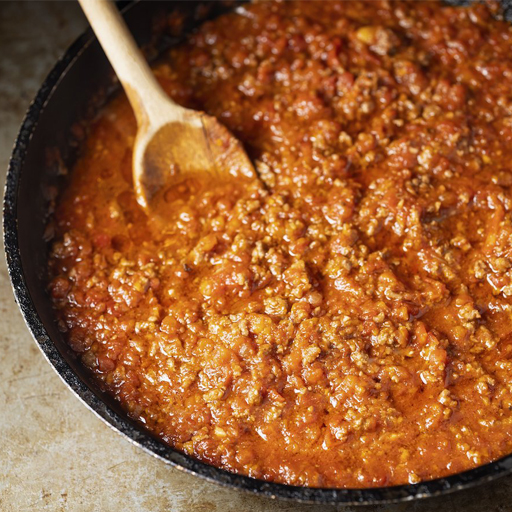
Meat sauces
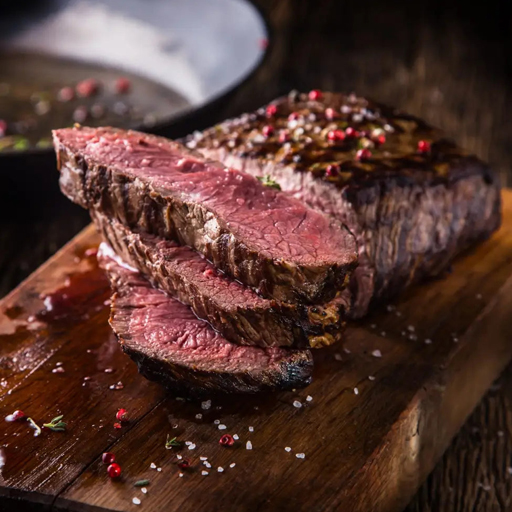
Red meats
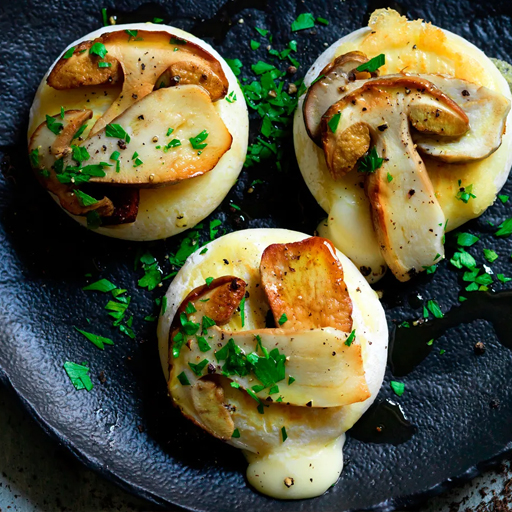
Mushrooms
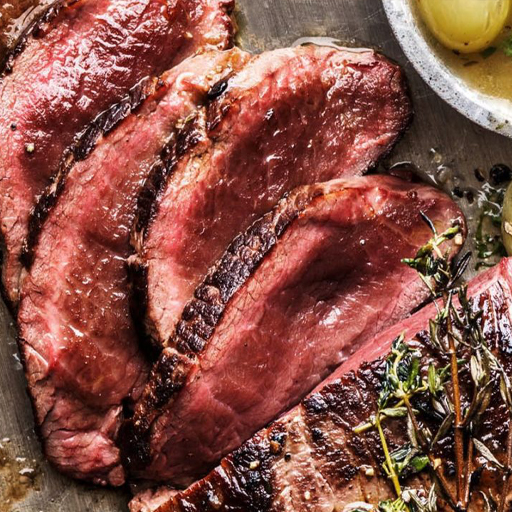
Game
Tasting experience
Tips for the experience: how to best enjoy it, ideal temperatures, decanting.
Tip #1: Oxygenation
Pinot Noir is a wine of structure and importance. As such, the bottle should be opened a few hours before tasting and the wine should be decanted if required due to its age and storage.
Tip #2: Glass
It should be tasted in large glasses, with ample light to allow the diffusion of the aromas.
Tip #3: Temperature
The tasting temperature is between 18 and 20°C.
Tip #4: What to expect
The wine will have a beautiful lively red color and the sensations it will transmit are fruity, floral and spicy, complex and intense. The body will be important and the tannins will be present but not invasive. Lose yourself in its elegance.
Labels for a dinner with friends
St. Magdalener Classico DOC 'Grobner' 2022 (750 ml.) Cantina di Caldaro Kaltern

Colli Orientali del Friuli DOC Pinot Noir 2022 (750 ml.) La Tunella

Vigneti delle Dolomiti IGT Pinot Noir 'Meczan' 2022 (750 ml.) Hofstatter


Alto Adige Riserva DOC Pinot Noir 'Saltner' 2020 (750 ml.) Cantina di Caldaro Kaltern


Alto Adige Riserva DOC Pinot Noir 'St. Daniel' 2022 (750 ml.) Colterenzio



